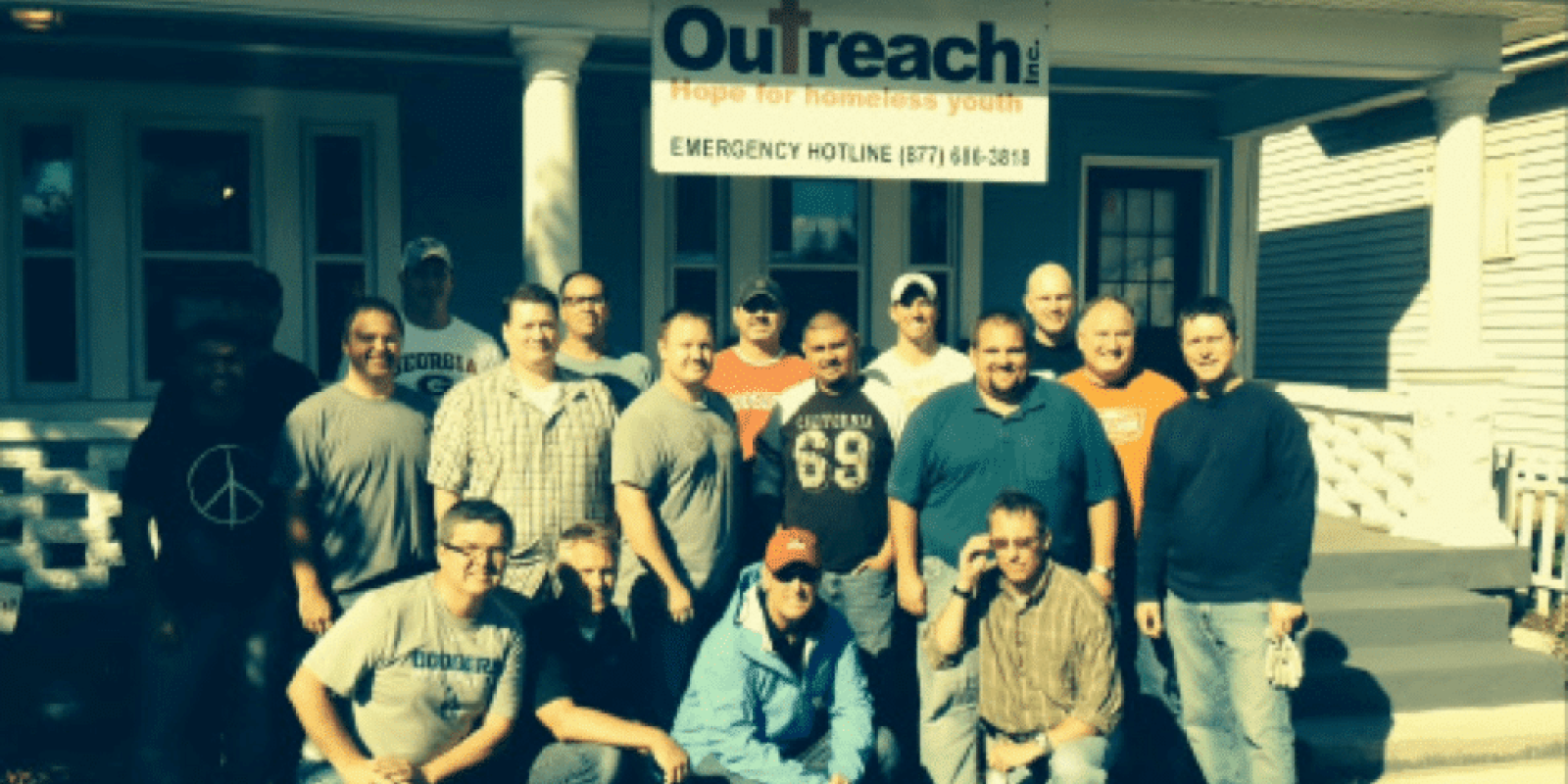Non-profit organizations struggle with the same operational realities that most businesses struggle with, but with a focus of stretching every dollar, donation and resource to maximize the impact on the population they serve.
Outreach, a local non-profit focused on serving the needs of homeless youth in central Indiana, constantly struggles with the need to improve operationally in order to dedicate more resources to directly service and impact the population they serve. This same problem plagues many non-profits as well.
enVista has partnered with Outreach to solve some of these operational deficiencies through the application of Lean Six Sigma principles in order to eliminate waste and reduce costly errors that have a major downstream impact on the homeless youth.
Forrest for the Trees
One of the first problems that any organization faces, not just non-profits, is identifying what problem area to tackle first. Lean Six Sigma is a data driven process where the numbers steer the direction of the project. In the case of the Outreach project selection, it was as simple as listing out all of the known areas on a 1 – 5 scale. The scale was used to evaluate each of the “value levers,” such as impact to financials, customers, staff, and business goals. The area of concern was identified by simply multiplying each of these ratings together for each area and the area with the highest product is the target for the project.
By doing this, any individual bias has been removed and the work that is done will have the highest impact on the organization and the population it serves. As with Lean Six Sigma and any operational project, you want to create an end result that has the most beneficial impact on the bottom line for a client.
Maximizing Donations
Outreach offers a wide variety of services to their clients through the use of their clothing pantry, food pantry, temporary youth storage, case management, and educational support. However, the major obstacle to each of these services comes from the fact they can only be offered as a result of generous donations. Therefore, the amount of supplies Outreach carries is highly volatile depending on the flow of donations. Regardless of the volume of supplies Outreach carries, it has an end goal of maximizing all donations in order to create the greatest impact on the homeless youth population.
To achieve this goal, a value stream map was used to identify exactly how donations were received, stored and organized, brought to the pantries and provided to the youths. Each of these steps were identified as value added, non-value added, or non-value added but necessary. After identifying each step as one of these three categories, the team commenced in conducting time studies for each step in order to get an accurate read on the time value associated with each step.
The team identified that the current state used a push method, which means the flow of donations were used to fill the pantries and whatever wasn’t needed was put into storage. However, there wasn’t a consistent process to ensure that items in storage were being used to replenish the pantries. Items could potentially sit in storage for months or even years, which resulted in the youths getting no value from the item and Outreach incurring inventory carrying cost.
Therefore, an opportunity for improvement identified for Outreach would be to change their donations process to a pull system. By changing to a pull system, items were put into storage first and replenishment always happened from storage to pantry. The two major benefits that resulted from this change were the reduction of wasted donations by ensuring that they kept a steady stream of products in the pantry, and donation needs can easily be identified by looking at inventory levels in storage. This also helped reduce errors and youth needs not being met, by ensuring that demand was properly met when products were currently in stock. For example, a youth requesting a pair of shoes would have this demand met if the product was in stock, and not receive a response that the shoes were “lost” in storage.

Increase ROI Through Successful Warehouse Slotting
A well-thought-out slotting strategy also enables businesses to minimize wasted space and maximize storage capacity within the warehouse. Increase ROI using the right tools, strategy and management plan with successful warehouse slotting.
Urgency Always Wins Out
One of the key deliverables Outreach wanted to receive from the project was to create a smooth process that adds value to the organization by allowing it to better serve the homeless youths. In order to create this process, it is important to have a process control plan in place. Since the individuals who work and volunteer at Outreach are so focused on the great work they do with the youths, items being taken from storage may not get recorded as having been used or a new volunteer may unknowingly not follow the process.
A major factor in keeping the flow of inventory running smoothly, especially from season to season, would be to conduct audits of the inventory in storage and pantry. Due to inventory volume and staffing availability the team determined that quarterly audits should be done. This timing actually works very well to help shift the seasonal items from long term storage to easier to access storage locations.
Application of Supply Chain Solutions Principles
enVista was not only able to offer their expertise in Lean Six Sigma principles, but in other supply chain concepts and principles as well. A few of the principles enVista brought to the table that were applied to the Outreach project were an ABC Analysis, standard operational procedures, time studies, and flowchart creation. These principles were used to gather data, create labor efficiencies, optimize warehousing space, and eliminate non-value added processes. For example, an ABC analysis was used to identify the optimal way to stock donations and supplies in the garage for Outreach. With an optimal garage layout, Outreach was able to maximize time in the garage in order to obtain the required products needed for the youth. This in turn resulted in the employees being able to spend more time with the youths and serving them in other ways.
One of the advantages of bringing in supply chain consultants to the Outreach project was the ability to view a situation from a different viewpoint. Whereas most people simply viewed the garage as a garage, the enVista team viewed the garage as a warehouse filled with its own processes and own opportunities for improvement. Viewing the garage in this manner allowed the team to apply its experience in the warehousing optimization field to convert the garage into a distribution center complete with put-away, replenishment, and picking operations. Applying these concepts to the project not only improved the current state of the garage, but it equipped the Outreach team with the capabilities to reapply these concepts to future storage facilities.
Lasting Impact
Through the Lean Six Sigma Project, enVista’s involvement with the Outreach organization had a lasting impact on not only the organization’s processes, but on the overall bottom line for the company. With the changes put in place through the program, Outreach received a projected savings of 12.2% on its operational budget. The savings achieved through the Lean Six Sigma program allowed the organization to put the savings back into other organizational functions and freed up the employees to spend more time with the youths.






